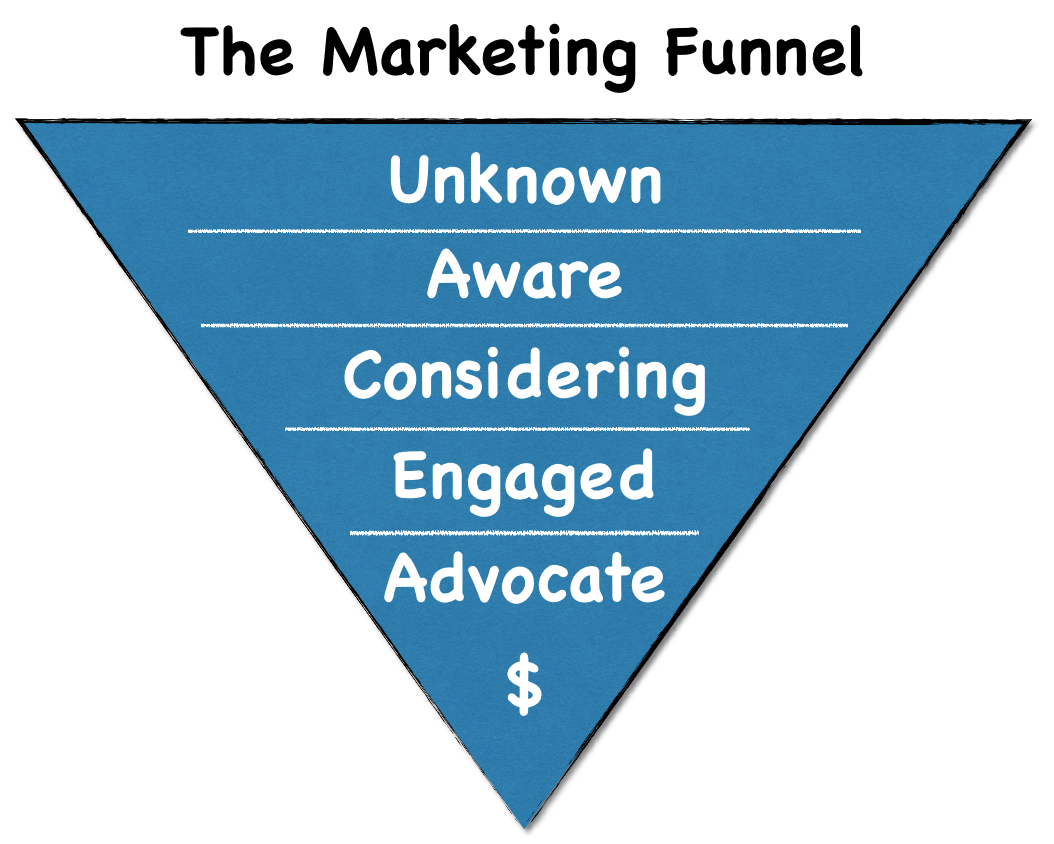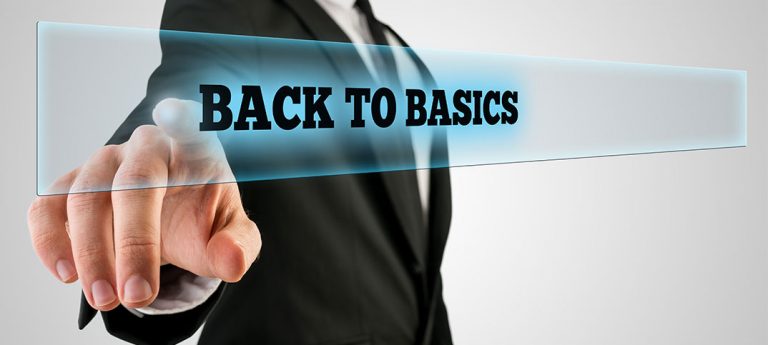When you think “psychologist,” you probably think of some stuffy Freudian character with a long armchair asking you how you feel. Am I right?
You’ve probably never fancied yourself a psychologist, but as a marketer, you absolutely need to know the basics. You may even discover in reading these that you already do some of them naturally…but how many of them do you actually practice in your marketing? Very rarely is it more than two.
If you’re like most businesses, you stop at the learning phase and never put valuable tactics like these into practice and as a result, you’re dumping buckets of money down the drain with each marketing campaign. They’re simple, they boost your results, and best of all, they’re totally free!
So here are the 4 psychology principles make your postcard marketing vastly more effective:
Principle #1 – Scarcity
This is the idea that we humans want something most when we fear that it’s going to disappear, like a squirrel who wants to cross the road but is only finally motivated by an oncoming car (and speaks by unharmed). As they say, you don’t ever miss something until it’s gone.
How is this used to sell things? Every time you see “limited supply,” “offer expires,” “get it while it lasts,” or any kind of offer expiration date, this is what’s going on. Ever notice that when shopping online, Amazon will tell you that there’s only 5 items left in stock in red letters? Are they being helpful? Partially, but the real goal is to sell with scarcity.
How you can use it: Make your product or service scarce. If people receive a postcard with a discount and no time limit, they’ll feel that they can wait for forever and will stash it away and lose it. Try giving people 2-4 weeks to take advantage of an offer and instead they’ll post it on their refrigerator and eventually act. Remember to make the expiration large, loud, and clear so that it really catches their eye!
Principle #2 – Contrast
This one proclaims that our sense of something’s size is completely dependent upon context. Large isn’t really large until placed next to something small. Don’t believe me? What if I told you that you owed me twenty dollars? Seem high? Well compare that to me telling you that you owed me $100 but if you just give me $20, we’ll call it even. What changed? Your sense of how much you owed went from large to small, despite it being the exact same dollar value.
Once you know that our sense of size is always affected by the first number we hear, and you can control this by making sure that that first number you show customers is always bigger. See this in action in any department store where they’ve “slashed” prices and the tags show the original higher price crossed out in red.
How you can use it: if you’re going to include prices, make sure that you contrast them with the normal cost, or the cost of your competitors. $25 won’t seem like a screaming deal until you point out that others are charging $50. Or even better, combine it with the scarcity principle and say that it’s $25 this week only!
Principle #3 – Reciprocation
This is the idea that we feel deeply compelled to return favors. They leave us feeling indebted, and nobody likes that. Here’s an everyday example – my wife and I were on a long drive and we stopped by a diner so she could run in to use the restroom. I stood there awkwardly with the waitress and then found myself walking out with a hot coffee to go. I didn’t want coffee, so why did I buy it? Because I felt indebted for our use of the restroom.
This is happening anywhere that free samples or advice are being handed out. The homeless person who washes your windshield, the superstore handing out free food tastings, timeshare vacation getaways, even those monogrammed address labels that non-profits send you in the mail are all leveraging the rule of reciprocation. If you receive something, you feel compelled to return the favor and very often, you’ll spend more than you got.
How you can use it: Include in your postcard an offer for something free. It can be key rings, chocolates, cards, or advice. If done in a genuine manner, people will stop by for their “free” giveaway and it will activate the rule of reciprocation. By the nature of having gotten something for free some percentage of them will feel compelled enough to buy something after all.
Principle #4 – Social Proof
This is a common and obvious one, also referred to as the “lemming effect”: people follow the crowd. It’s so obvious that you might not think it’s worth discussing but over and over again we see marketers overlook it. There’s almost no excuse for excluding this one from your marketing!
You can see this at work in tons of varied places from Yelp reviews to customer testimonials to sitcom laugh tracks. If people see others buying a brand and being satisfied, they too will buy without any further thought. It’s a powerful force for moving sales.
How you can use it: Customer testimonials with pictures work wonders, as do any statistics about customer satisfaction. Social proof will give you instant credibility and make customers far more likely to take you up on your offer.
And there you go, now you’re a budding marketing psychologist! Like we said, you probably already use some of these. What really separates moderate returns from great ones in a postcard campaign is someone’s ability to use more than one of these principles at a time. Especially when you combine them with psychological triggers, the result will be an intensely appealing offer that people just cannot pass up on.
Speaking of great deals, if you’re a big fan of the free advice we offer here on our blog, just think about what our marketing services can do for you! Give us a ring at 877-222-6010 and try out your new-found psychological powers of persuasion today!











